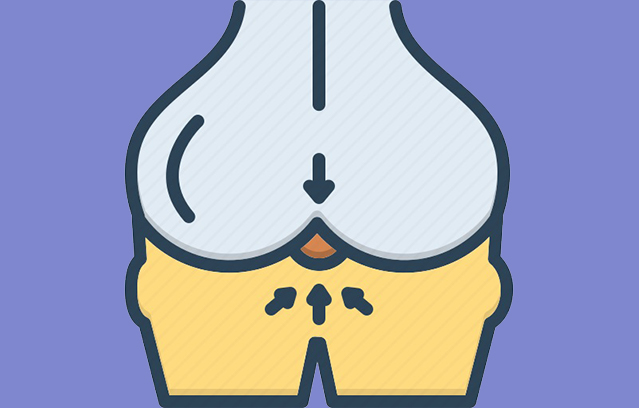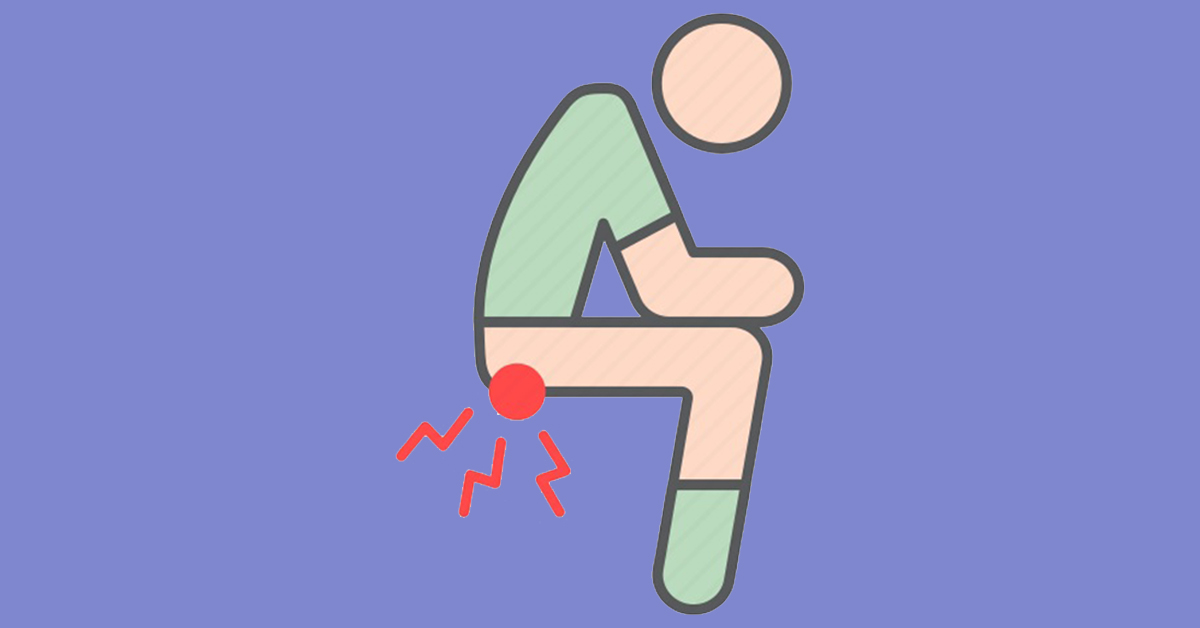
Haemorrhoids which are also known as piles, are clusters of veins. It is a cluster of veins which are swollen inside or outside the anus. The major symptoms are itchiness, blood in stool and pain while passing stool. Sometimes they are so big that one can see externally on the surface of the skin. This forms the lump and causes acute pain. The major causes of constipation are chronic constipation, chronic diarrhoea and irritable bowel syndrome. There are four types of piles: internal, external, prolapsed and thrombosed. The treatment and diagnosis are different from each other. There are various treatment options available for piles. Piles can be simply overcome by dietary changes and exercises. External piles can be treated on their own. Proper intake of fibres and keep yourself hydrated. These simple steps will prevent constipation.
What’s the difference between Haemorrhoids and anal fissures?
Anal fissures are even worse than haemorrhoids. Both of them have the same clinical symptoms and are often misled by the patients as well as doctors. The patient will go to the general physician with pain and blood in the stool. The pain in anal canal is way much more worse. This is a short pain that people often describe as passing pieces of glass. This is due to passage of very hard constipated stool. Patients often come with shooting pain. There is a major difference in the treatment as well. The creams prescribed by your general physicianfor anal fissure should be used for 6-12 weeks. Haemorrhoids don’t need too much long action proper measures, changes in lifestyle and application of cream around the area will heal the symptoms. Anal fissure have fixed treatment but piles have a lot of modifications. The grade of piles and the types are important factors for a general physician to decide the treatment.
Types of Haemorrhoids
Piles might be a common problem and treatable but there is a lot of stigma around the same. It’s not something that is discussed openly and people generally ignore. Piles lump can be really small and not seen by your doctor. So it is important to understand the cause and symptoms of piles to get a better idea. Piles can be internal or external. Some people can have both. Internal piles as the name describes are deep. It develops inside the anal canal or rectum upper part. Whereas external piles develop on the external surface. There are mainly four types of haemorrhoids
- Internal
- External
- Prolapsed
- Thrombosed
Internal piles are inside the rectum and you rarely feel them. Most of the cases they are left unnoticed. There is bleeding while passing the stool. It is usually not discomforting. There will be mass that will protrude when passing stool. This can further irritate the passage. See your general physician if you see blood in stools.
External haemorrhoids are under the skin and are around the anus. This is painful, discomfort and swelling around the anus. There is no bleeding while passing stools. This type of pile is irritating but can be easily diagnosed. Take a warm bath to ease the pain. They can go away on their own without treatment. The protruding mass cannot be pushed back.
Prolapsed haemorrhoids is a condition in which the swollen vein or mass bulges outward. It is painful. In severe conditions it can be really painful because of no blood supply. This happens because of weak connective tissue. Constipation can worsen the situation because it will put strain on the anus. If it persists then visit your doctor.
Thrombosed haemorrhoid is the formation of a blood clot. It is a kind of complication of external piles. This is really painful. The clot should be removed as soon as possible for relief. It can cause rectal bleeding as well. The treatment includes application of over the counter creams. The surgical treatment should be under proper guidance of the doctor. The main procedure is external thrombectomy. This will drain the clot.
To differentiate between the types of piles there are certain diagnostic techniques. The first one is a digital examination which is done by a general physician using fingers. Fingers are being lubricated and then inserted into the rectum. The next diagnostic technique is visual inspection which is done by anoscope or sigmoidoscope. Generally the internal haemorrhoid is soft and can be felt easily. The treatment includes intake of oral medication like acetaminophen, aspirin or ibuprofen. Hydrocortisone and lidocaine are also used. Thrombectomy is performed by the doctors to provide immediate relief. It is most effective within 72 hrs of development of clot. Haemorrhoid removal is the surgical procedure done in patients suffering from extreme pain. Haemorrhoid stapling is done to stop the blood to the tissues. Complications of piles can increase the blood loss, sepsis which is a lifelong infection. You can easily book an online consultation with your family physician to make the best decision.
How do you get Haemorrhoids to go away?
Donot sit for too long. Continuous sitting can put pressure on the lower muscle and can cause irritation in that area. Tight clothes, especially office wear can cause the whole problem of pressure. This prolonged sitting can cause pooling of the blood in the veins and can cause the whole problem. The pooling of the blood causes swelling in the veins and thus piles.
Eat fruits as a whole. Many of us have a habit of removing the peel and then eating. This reduces the fibre content in the fruits. The peel of the fruits act as fibres and reduce the risk of haemorrhoids.
Use of cream. The usage of cream around the anus can relax the muscles. Use the cream upto 6-12 so that it can completely heal.
Dietary changes in your diet are compulsory if you have haemorrhoids. Here is a list of best food and beverages that you should eat and the ones you should avoid.
High fibre diet is helpful in haemorrhoids. It is proven and studied by many doctors. Increased fibre consumption has been demonstrated to reduce the symptoms and complications of the haemorrhoids. 30 gram of fibres per day is advised. The good sources of lentils, fruits, nuts and beans. It helps reduce constipation which leads to complications and worsening symptoms of haemorrhoids.
Increased water consumption is a simple step along with an increase in fibre. It aids in gastric motility and prevention of constipation.
Reduce the consumption of alcohol. It is found that an increased amount of alcohol is associated with a higher risk of developing internal hemorrhoid and thrombosed haemorrhoids. So it’s best to limit or avoid alcohol.
Avoid caffeine in the morning. It acts as a digestive stimulant. It increased the frequency of bowel movements which irritates the haemorrhoids. It also interferes with the healing.
Avoid food like bread and pastries. These food items are low in fibre which can increase constipation. Further these can increase the symptoms of haemorrhoids. Meat and eggs are also low on fibre. It’s better to either avoid them or limit the consumption.
You can consume red chillies and pepper. This was the myth that spices can worsen the symptoms of haemorrhoids. This was broken by recent studies that there is no such evidence found. But overconsumption of spices can increase your bowel movement which can irritate your haemorrhoids.
